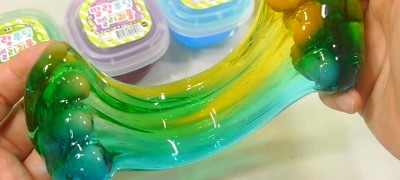We make liquid soap at home with our own hands
Soap is classified as a cosmetic product. It contains a number of surfactants. There are two types of product on sale. In the usual form of soap "bricks", or in an oval shape or figured design.

Another type of soap production has gained popularity - in liquid form. The product is sold in bottles. The liquid enters the hands by lightly pressing the upper lever or by completely removing the cover.

Many people prefer to make their own liquid soap at home. To a large extent, this is facilitated by mistrust of chemical products. Moreover, such household products should contain a similar surfactant complex.
What liquid soap is made of
The product, which is a liquid consistency, is similar in properties to shampoo, containing synthetic surfactants, fragrances, and components that soften the skin. The general complex of components affects the properties of the composition.

- Liquid soap contains derivatives - potassium salts. For solid species, sodium salts are used.
- Fatty acids (oleic, palmitic, lauric, stearic) are added to the liquid composition. Also, manufacturers include glycerin in the composition, which moisturizes the skin.
- Various dyes are used for coloring.
- Aromas create a pleasant smell.
- Surfactants, which act as emollients, renew the cells of the epidermis.
- The addition of preservatives prevents the product from spoiling.
- To neutralize the fungus and bacteria, antibacterial components are introduced into the soap.
- The addition of emulsifiers softens the hardness of the water.
- To give the liquid soap the desired consistency, to increase its viscosity, sodium salt of hydrochloric acid is added.
How to make liquid soap at home with your own hands
At the heart of soap making is the process of hydrolysis, which involves fatty acid esters reacting with alkalis. Self-preparation of soap adopts the use of remnants and soap bases as a base material. This makes the process of preparing a cosmetic product much easier.

Soap is prepared using various methods. The ingredients used and the expected properties of the resulting product play an important role in this.

To make soap, you will need:
- Use two cooking kettles. Suitable for 2 pots with different diameters for a water bath.
- Use wooden chopsticks to stir the ingredients.
- Dosing of components can be carried out using kitchen scales, spoons, measuring cups.
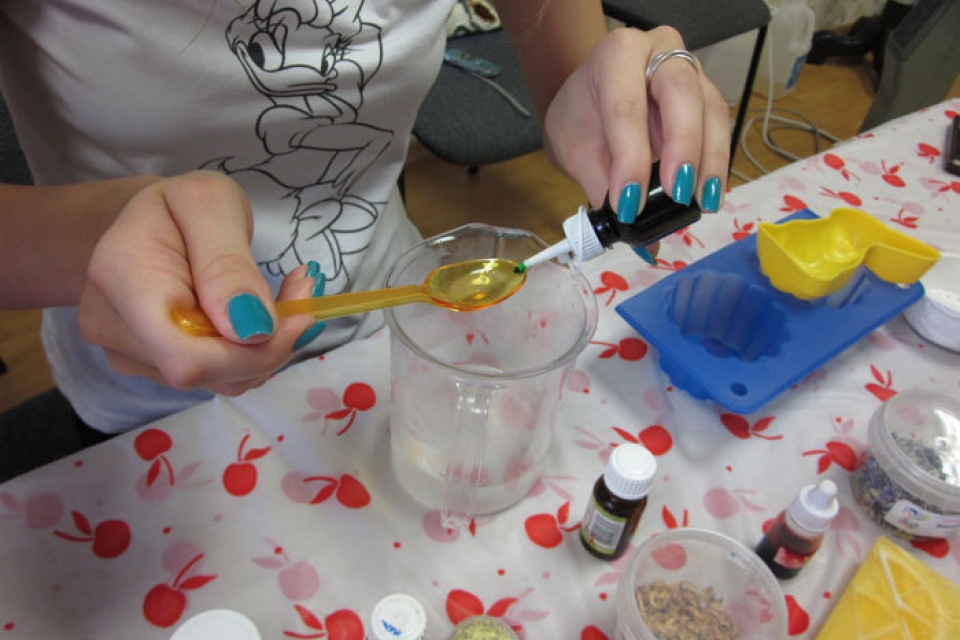
Important! For making homemade soap, it is better to use recipes that are subject to adjustments. The number of components can be increased or decreased. Supplements of other components are possible.
From baby soap
Recipe for boiling liquid baby toilet soap:
- it is required to take an orange zest (1 tbsp. l.) and boil it in 1 liter of water for 10-15 minutes;
- the cooled liquid is filtered;
- soap shavings (500 gr.) are poured into the composition;
- the resulting compound is boiled in a water bath. The fire should be weak. Cooking time 3-5 minutes;
- glycerin (20 g) is added to the liquid brought to a boil;
- too thick liquid mass can be diluted with 100-150 ml of pure water;
- a day later, the soap in a cooled state is poured into containers where dispensers are contained.

Tea tree oil is added to the homemade product in the amount of 15 drops. If the baby's skin does not respond to the effects of bee products, you can add melted honey (10-15 drops). Such a hygienic composition will make the skin velvety.

Important! The prepared soap is suitable for hands and body. You can use it 2 times a day.
Of the common and remnants
Many people are interested in knowing how to make liquid soap from soap residues. The option is very practical and economical. For cooking, you need to take the basic ingredients and carefully follow the recipe.

- 300 gr. remnants are dried and crushed using a coarse grater.
- The resulting soap shavings are poured with warm water and mixed.
- A container with a soap composition is placed in a water bath and heated for several minutes.
- Before the mixture boils, herbal decoction (50 ml) is poured into it, as well as 15-20 ml of glycerin. For the broth, St. John's wort and calendula are taken.
- Boiling lasts no more than 2-3 minutes. After removing from heat, liquid soap cools for 5-10 hours.
- The mixture is poured into a container with a dispenser.

To improve the quality of the liquid, antiseptic agents are added. They use miramistin, chlorhexidine, furacilin solution.
Vodka soap
Disinfecting liquid soap is made for household needs. The antiseptic is medical alcohol, which is diluted with clean water, or 40-degree vodka is used instead of water.
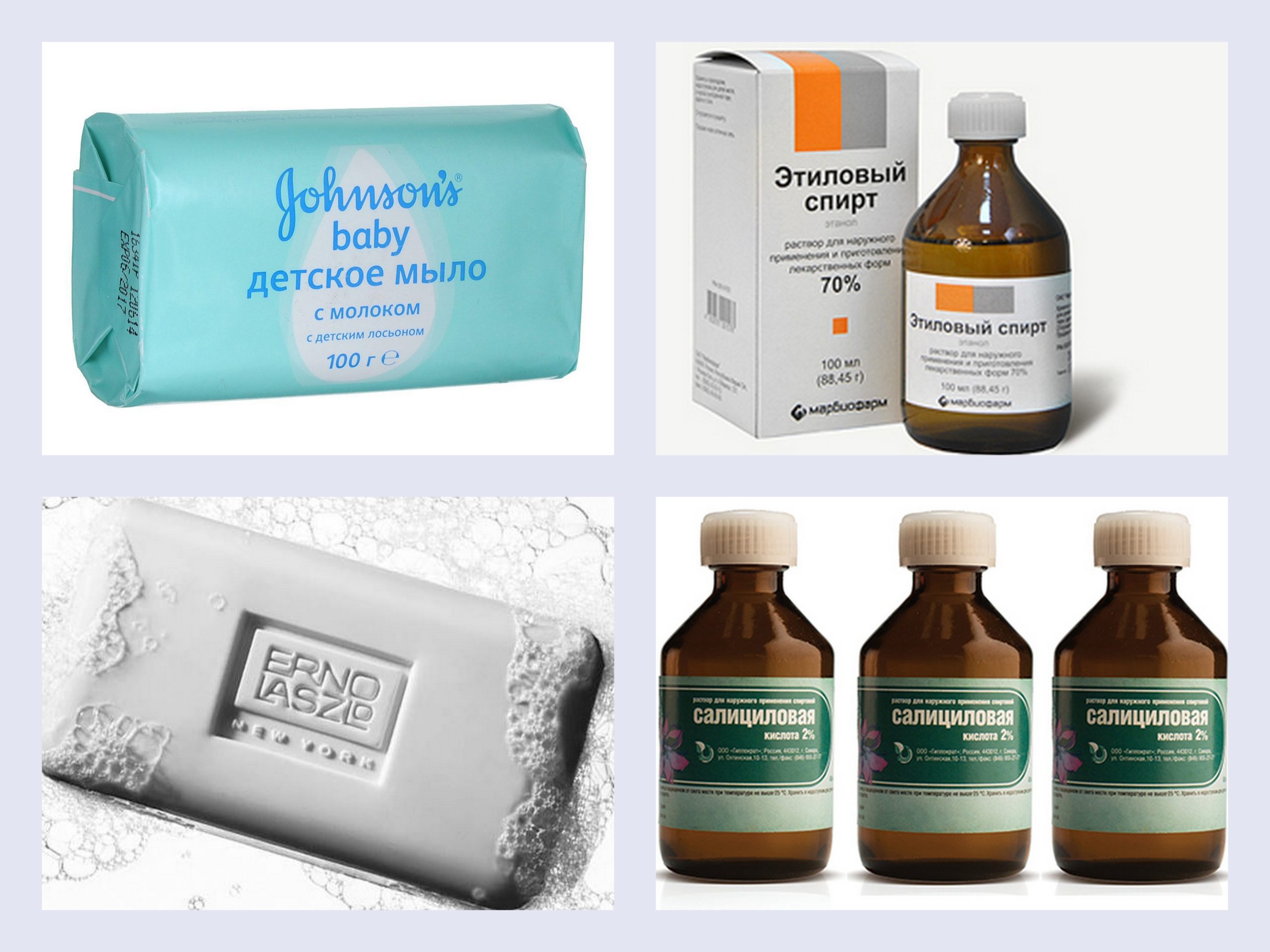
Following the recipe, you need:
- grind 300 g of soap and pour it with 1⁄2 liter of water;
- cook the soap shavings until they are completely dissolved;
- glycerin (60 ml) is added to the hot liquid composition and 20-25 ml of vodka is poured
- after cooling, liquid soap is poured into a prepared container. Such a soap composition washes well tiles, laminate flooring, and other floor surfaces.

Tar
This soap neutralizes fungal skin diseases and has a healing effect.

The recipe for its preparation:
- potash paste (20%) is mixed in a container with glycerin (10%), brought to a boil. A water bath is used.
- warm water is poured in (63%). Bring to a boil again;
- birch tar (6%) and preservative Euxyl PE 9010 (1%) are added.
Potassium paste is the main component. The preservative allows the soap to be stored for a long time.

Without cooking
If soap making is a lot of hassle, you can use a recipe that eliminates the need for cooking. For such a soap, several steps must be performed sequentially:
- 5 gr. dry milk mixture is dissolved in warm water (20 ml.);
- added 10 gr. castor oil, essential oil and melted honey (10 ml.)
- a soap base is taken, the resulting mixture is added to it. Everything gets mixed up. Tea tree extract (5 drops) is added to the resulting composition;
- liquid soap is poured into bottles.

Important! Store this soap in the refrigerator. Its term of use is short. Maximum two weeks.
From the economic
Laundry soap residues that have turned into a liquid soap composition can be a good alternative to washing powders and detergents.
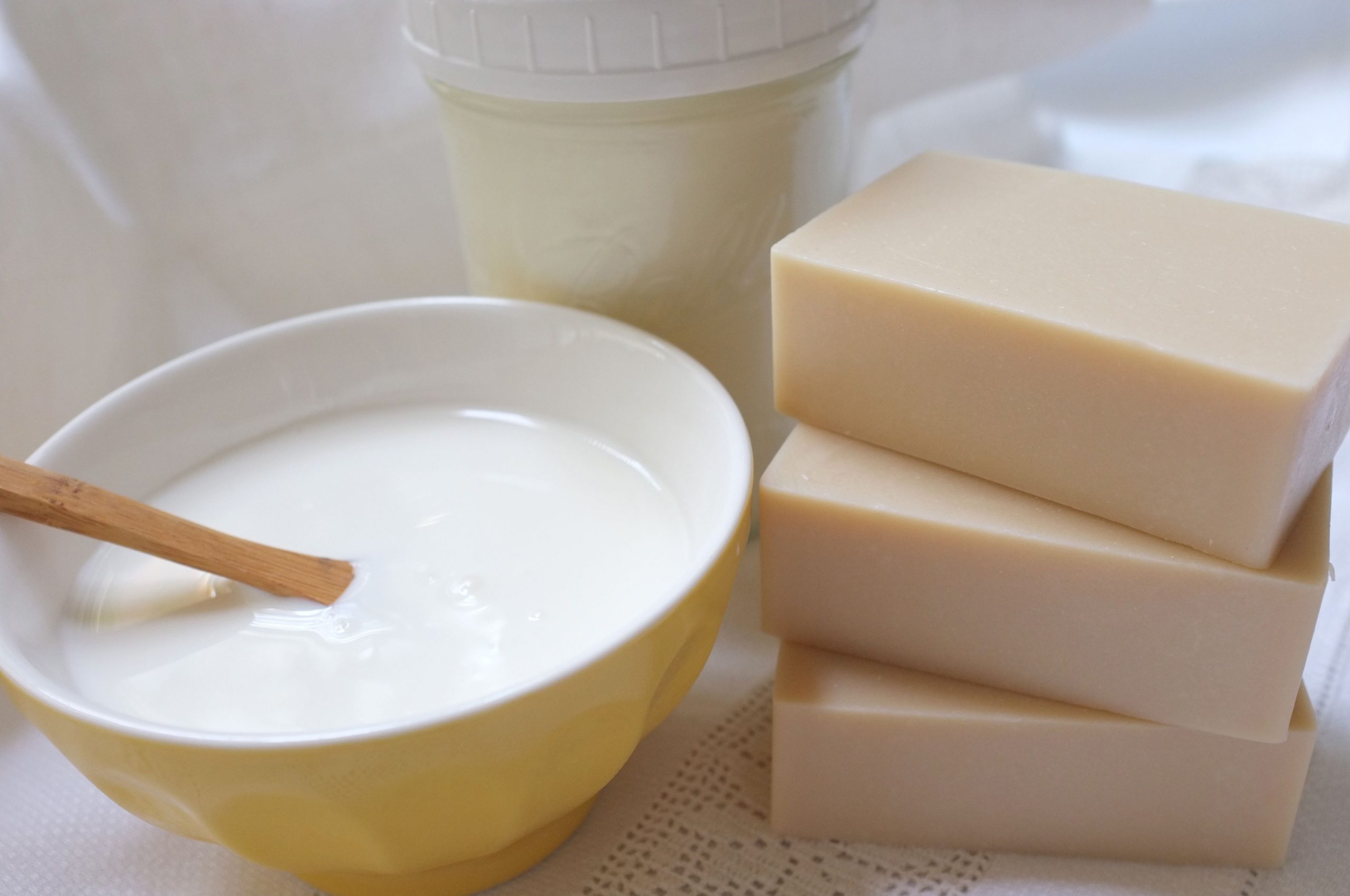
- you will need to take soap shavings (300 g). For this, a piece of laundry soap is rubbed on a grater;
- the resulting shavings are dissolved in hot water (0.5 liters);
- turning on a low heat, the liquid is brought to a boil;
- water (2 liters) and soda (2 kg) are mixed separately;
- the resulting soda solution is mixed with a boiling soap mixture;
- after thorough mixing, the hot liquid soap is removed from the stove. Time is given to cool down;
- perfume (20 ml) or fruit extract is added to the cooled composition. For example, lemon juice.
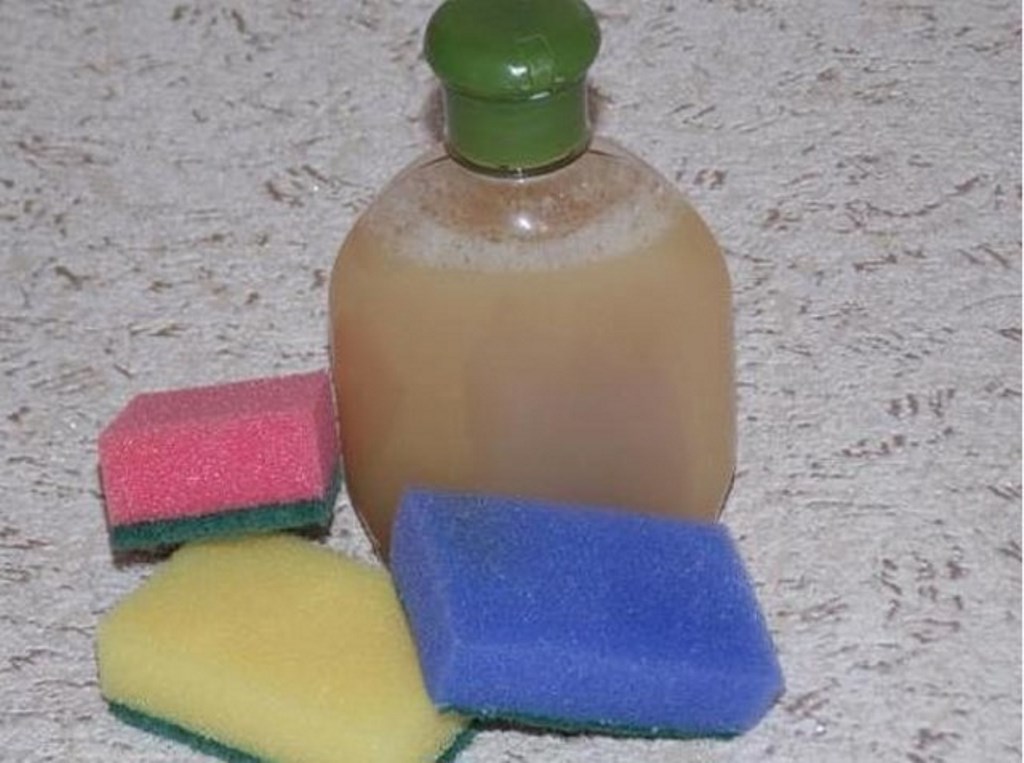
How to properly open and close liquid soap
Homemade liquid hand soap is dispensed in bottles with dispensers, which are mainly desktop types. In addition, there are wall and touch dispensers.

The dispenser is made of plastic or stainless steel is used for its manufacture.
The easiest way to get soap is to open the bottle cap. If a wall-mounted dispenser is installed at home, soap comes out of it after pressing the button built into the dispenser. Many people use bottles that have special levers, when pressed, the soap comes out of an elongated plastic spout.

Close the lid tightly to keep the soap from running out. It usually curls. There are snap-on covers.
Which liquid hand soap is best
Homemade liquid soap is chosen as a substitute for bar soap, after use, which dries the skin. The advantage is obvious. In home cosmetics, harmful components make up less than a percentage of purchased ones. Therefore, the quality of homemade liquid soap made by yourself is better. It is more beneficial for sensitive skin.

Interest in homemade soap is also caused by the ability not to use harmful ingredients, but to use pure natural ingredients.

VIDEO: How to make liquid soap with your own hands.




